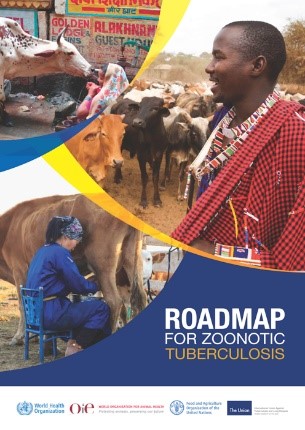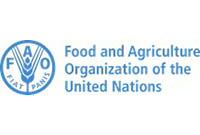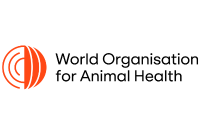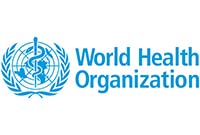
Food and Agriculture Organization of the United Nations
World Organisation for Animal Health
World Health Organization
Bovine tuberculosis (Bovine TB) is a chronic bacterial disease of animals caused by members of the Mycobacterium tuberculosis complex primarily by M. bovis, but also by M. caprae and to a lesser extent M. tuberculosis. It is a major infectious disease among cattle, and also affects other domesticated animals and certain wildlife populations, causing a general state of illness, pneumonia, weight loss, and eventual death.
Cattle and buffalo are considered to be the major reservoirs for M. bovis, and are the main source of infection for humans.
Bovine tuberculosis is a World Organisation for Animal Health-listed disease and must be reported to the Organisation as indicated in its Terrestrial Animal Health Code.
M. bovis is an important cause of tuberculosis in humans worldwide. The zoonotic form is primarily transmitted indirectly, through the consumption of contaminated milk, dairy products, or meat containing infected material. In regions where food hygiene is consistently applied, the risk to the general public has been reduced, however zoonotic tuberculosis remains an occupational hazard for farmers, abattoir workers, and butchers. Complete eradication in developed countries is prevented by the presence of wildlife reservoirs of the disease.
The WOAH Terrestrial Animal Health Code and Manual of Diagnostic Tests and Vaccines for Terrestrial Animals provide technical standards and recommendations that are intended to manage the human and animal health risks associated with infection of animals with a member of the Mycobacterium tuberculosis complex, including M. bovis.
Based on the reports submitted to WAHIS, bovine TB is found in most parts of Asia. Except Fiji, most Pacific island countries and territories, such as Micronesia, New Caledonia, and Papua New Guinea have never reported this disease. A limited number of countries like Australia (WOAH Bulletin) are completely free of M. bovis, and many countries such as Japan (2014*), Mongolia (2012*), Myanmar (2009*), Singapore(1994*) and Thailand (2014*) have successfully reduced bovine TB from their cattle population and kept the disease limited to one or more zones. In addition, it should be noted that significant pockets of infection remain in wildlife, such as brushtail possums in New Zealand.
* : Year of last occurrence (reported to WAHIS)
WOAH, the World Health Organization (WHO), the Food and Agriculture Organization of the UN (FAO) and the International Union Against Tuberculosis and Lung Disease (The Union) jointly launched the first-ever roadmap to tackle zoonotic tuberculosis in October 2017. It is based on a One Health approach recognising the interdependence of the human and animal health sectors for addressing the major health and economic impacts of this disease.
This roadmap calls for concerted action from government agencies, donors, academia, non-governmental organizations and private stakeholders across political, financial and technical levels. It defines ten priorities for tackling zoonotic tuberculosis in people and bovine tuberculosis in animals. These fall under three core themes:
• Improve the scientific evidence base
• Reduce transmission at the animal-human interface
• Strengthen intersectoral and collaborative approaches
Other Resources and Materials on Bovine tuberculosis



